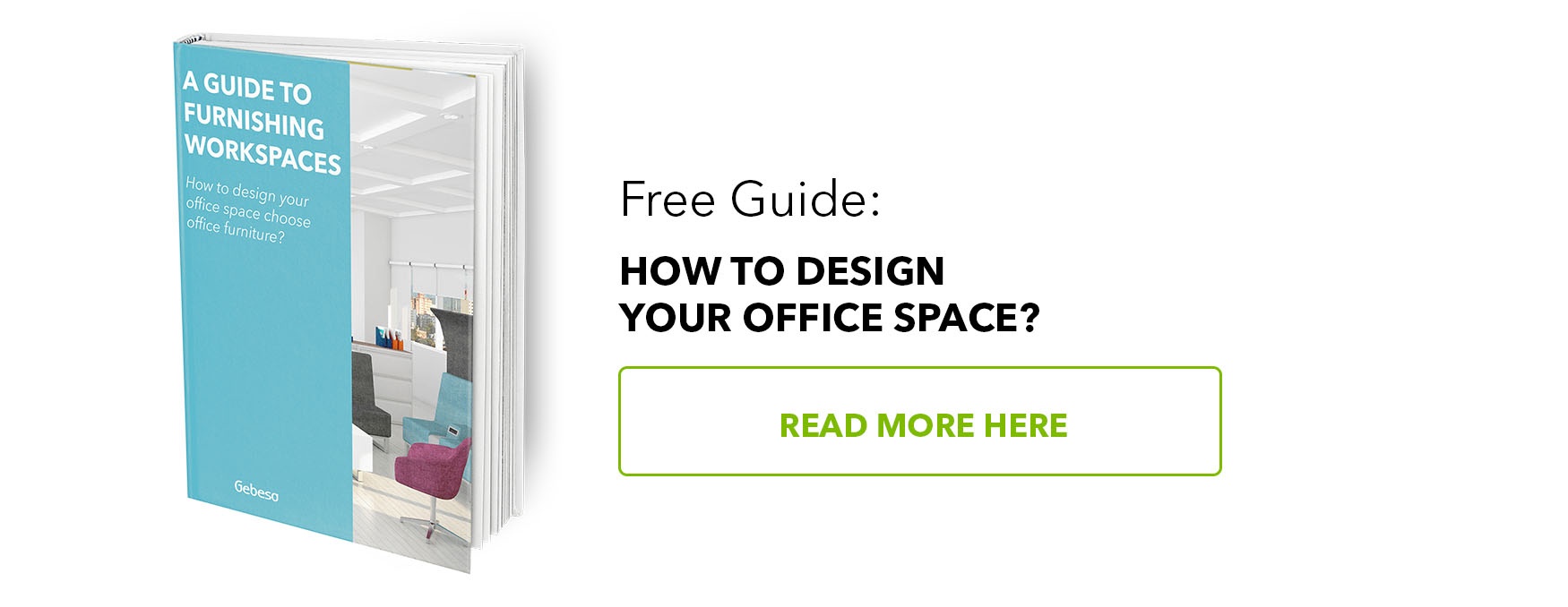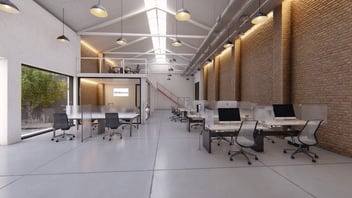How to create safer workplace ammenities & common areas after Covid19
With the arrival of the pandemic, business needs across the globe have changed; it is now imperative to provide safe workplace facilities adapted to current health requirements.
Here are six key factors you can use to create shared spaces that provide a greater sense of security and safety to allow your employees to focus on their work.
Improved access control
From the entrance, it is possible to create filters that mitigate the risk of allowing infected personnel to enter. Installing temperature detection systems has become one of the most efficient options. There are indeed manual detection guns that can perform this function; however, nowadays, thermal cameras are more accessible than they were a few years ago. The thermal cameras allow broader and more automated surveillance, ideal for places with a massive influx of people.
This type of device can generate an alert when a person with a high temperature is detected, warning security to prevent the entry of people who might have symptoms of some viral infection.
Hands-free
It is also essential to conduct a review to analyze which actions require physical contact, especially with the hands, and how it can be avoided. If a signature or registration is needed when entering a facility, a photograph or card check system with a wireless transmission system can be used instead.
Some other alternatives are; using automatic doors, photo-sensitive lighting, remote printing, or reviewing and changing processes that require the use of paper and other physical materials to create safer facilities in the workplace.
Adequate ventilation
Many recent studies have shown that the outbreaks of infection inside offices or commonplaces arose from a poor ventilation system.
As such, it is imperative to inspect and possibly improve your ventilation system. For instance, you can install larger windows or those with a greater capacity to open. In the case of air conditioning systems, review the quality of both the design and the filter technology.
Redistribution of space
It will also be convenient to evaluate the relevance of each of the existing spaces. Some functions could be performed remotely or tasks that could be digitized to reduce visitors’ and staff’s presence within the workplace facilities.
This may lead to the elimination of sections, which will also allow wider distribution of spaces. It is useful to generate wide corridors and increase the distance between desks, cubicles, and work areas.
Facilitate cleaning
Hygiene regimens and cleaning procedures are also a priority. Immediate cleaning and sanitization of unoccupied work areas are now essential; as well as frequent cleanings of all common areas, such as corridors, access ways, toilets, and evacuation routes.
This can be facilitated by using materials and surfaces that are easy to clean and allow easy disinfection to reduce contagion risk.
It is also advisable to encourage staff to frequently use sanitizing gel and wash hands periodically, to minimize the possibility of infection.
Clear instructions
Times have changed, and it is imperative to communicate your business’s adaptations through clear and precise signage. This is to convey new procedures and reiterate the need to maintain needed hygiene measures. Establishing a series of ideal rules according to the type of office or shared space, and placing them in a written and striking way in different areas of the workplace facilities, will also be a persistent way of insisting on adapting to new procedures.
Staff training can indeed provide a basic understanding of new protocols needed to reduce contagion risk, but expressing them visually and engagingly will be an explicit reminder of their importance and need to be maintained for as long as necessary.
The global conditions brought about by the pandemic have even put the existence of a great variety of businesses at risk; however, by carrying out an in-depth analysis of the current situation, it is possible to adopt measures that allow the continuity of business activities and even to take advantage of some new opportunities that are presenting themselves. As with evolution and business, adapt or die. You can start adapting your business by seeking to define its protocols and secure facilities in your daily shared spaces.






